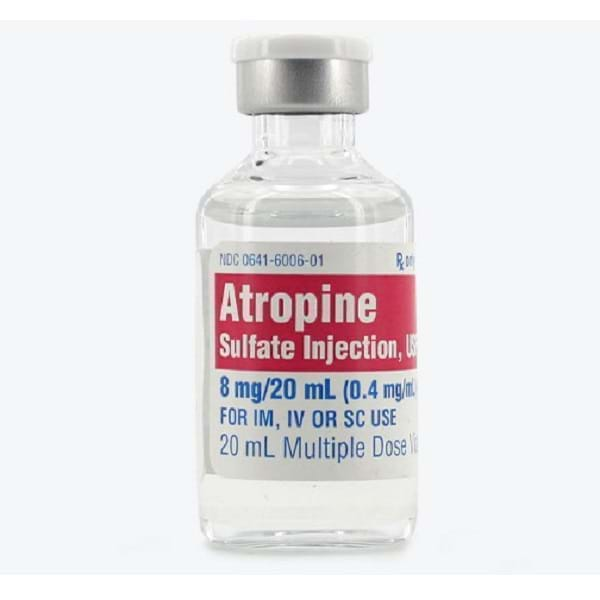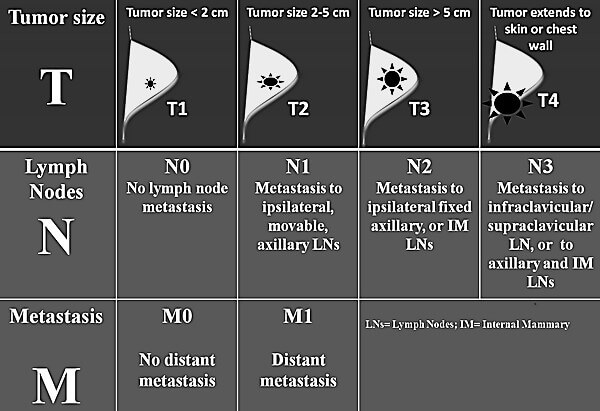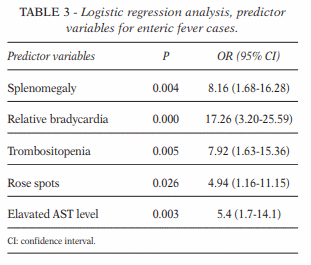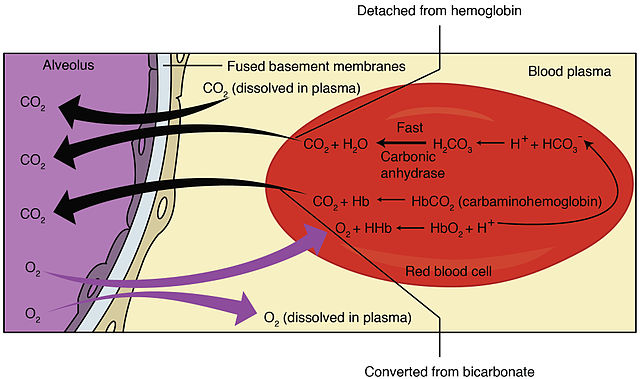Atropine induced paradoxical bradycardia is the sinus bradyarrhythmia following low-dose atropine resulting from the paradoxical slowing in the sinoatrial (SA) node discharge rate.
Mechanism of Atropine Induced Paradoxical Bradycardia
Central vagotonic effect (blocking M1 acetylcholine receptors in parasympathetic ganglion controlling SA node) of atropine which, at higher doses, is masked by muscarinic (M2 acetylcholine receptors) blockade at the sinoatrial node. The initial low dose of atropine may not be sufficient to ensure adequate peak concentration in peripheral tissues.
Cause of Atropine Induced Paradoxical Bradycardia
Dosage <0.5 mg
Scopolamine in low doses is also noted to result in paradoxical bradycardia. Scopolamine 0.1-0.2 mg usually causes more slowing than atropine.
Recommendations
In the latest 2020 AHA update the recommended single dose administration of atropine was increased from 0.5 mg to 1 mg based on data suggesting that at low doses, atropine may cause paradoxical bradycardia.
An article recommended the use of doses of 0.01 and 0.02 mg/kg rather than 0.1 mg as a minimum dose recommendation of atropine to prevent overdose in infants <5 kg body weight.
Concern
Atropine-induced bradycardia may be especially difficult to manage in patients who are morbidly obese or post cardiac transplantation.
Reference
- Clinical Anesthesia By Paul G Barash, Bruce F Cullen, Robert K Stoelting, Michael Cahalan, M Christine Stock
- https://associationofanaesthetists-publications.onlinelibrary.wiley.com/share/JU4DMYQUKHI5YMM9NBU8?target=10.1111/j.1365-2044.2005.04346.x
- Prakash S, Mullick P. Is a minimum dose of atropine in children justified? J Anaesthesiol Clin Pharmacol. 2017 Apr-Jun;33(2):282-283. doi: 10.4103/0970-9185.209735. PMID: 28781474; PMCID: PMC5520621.



